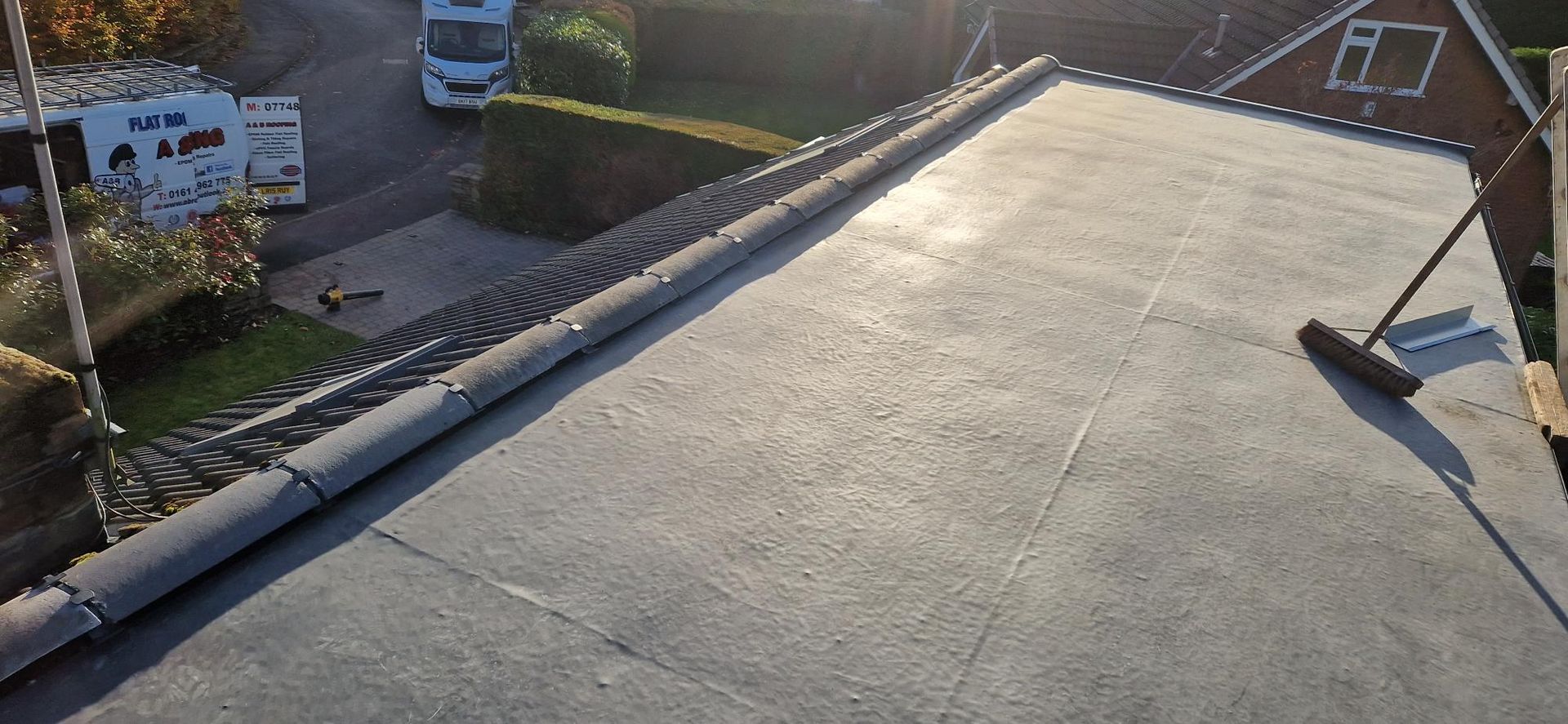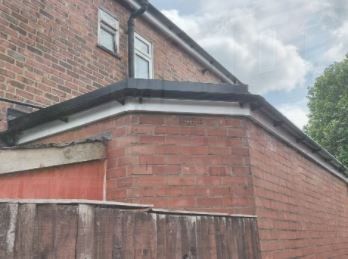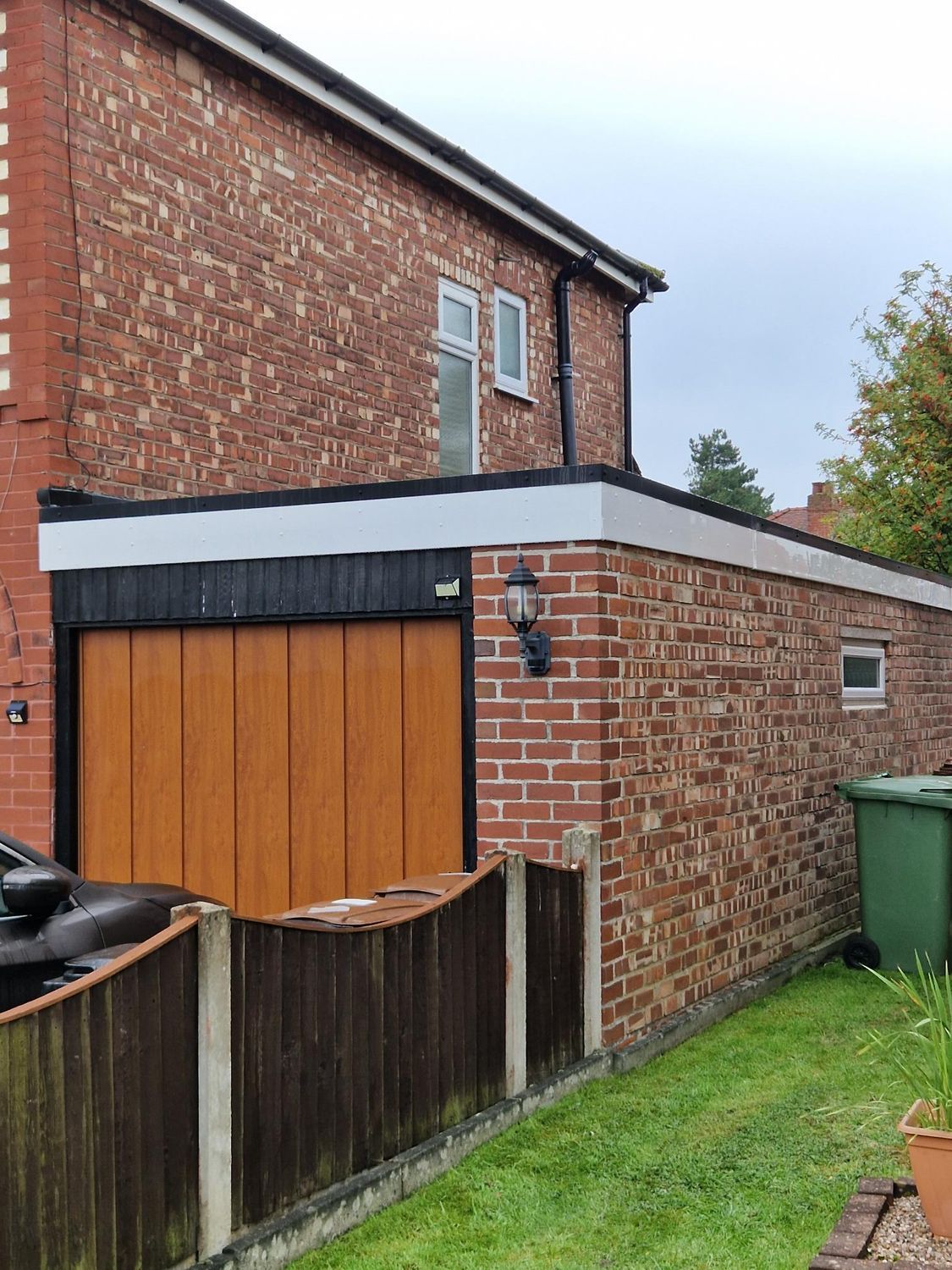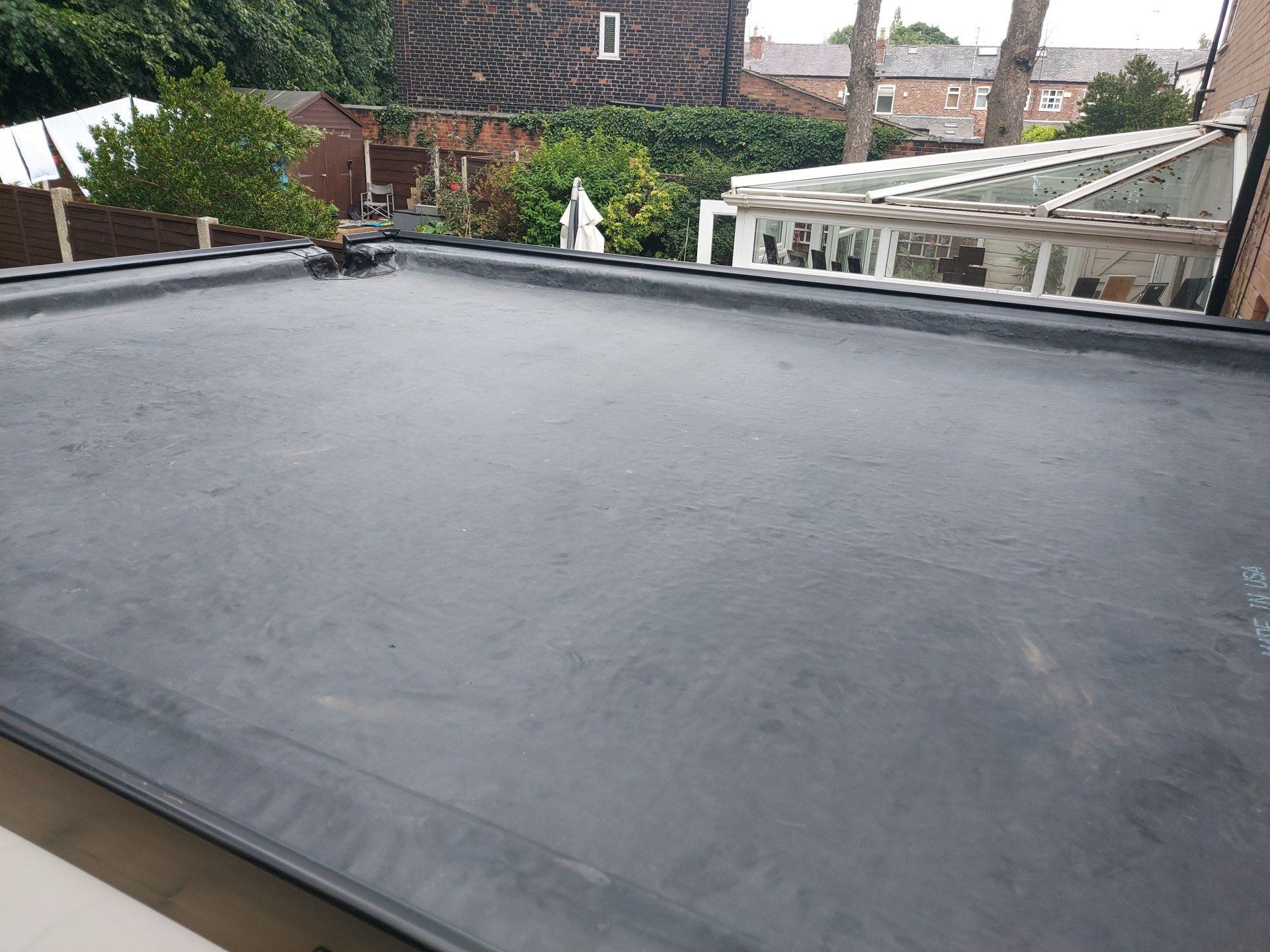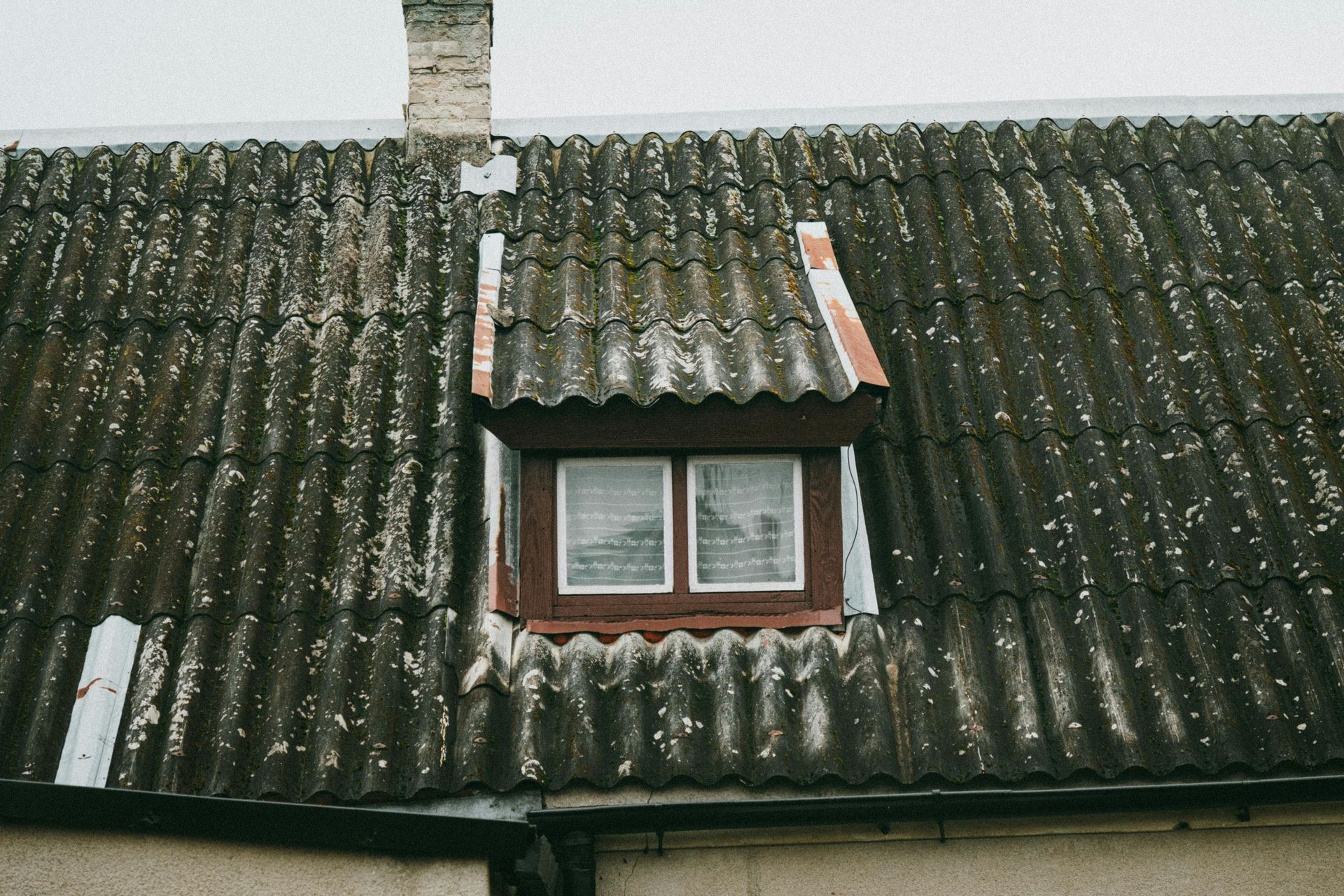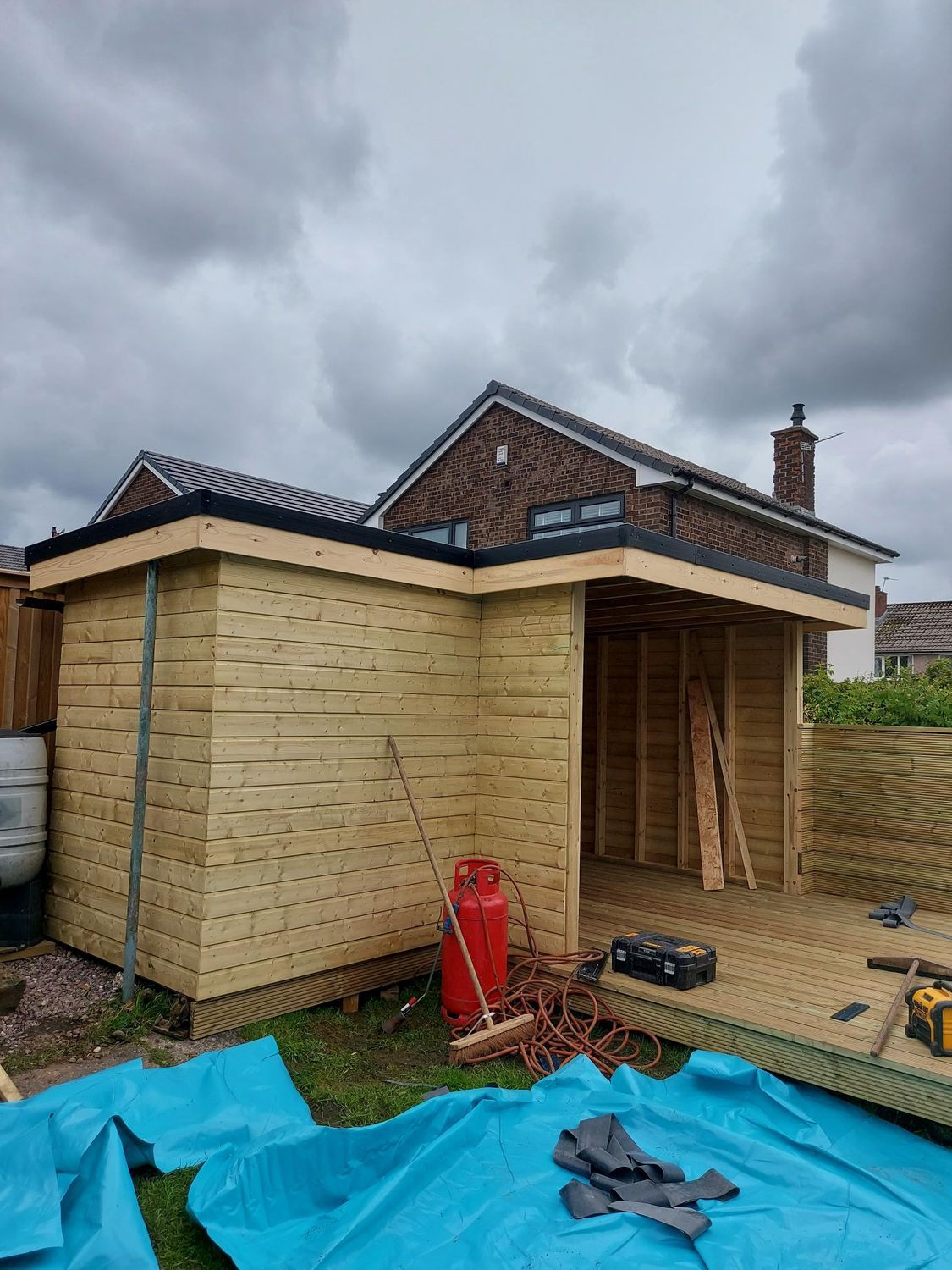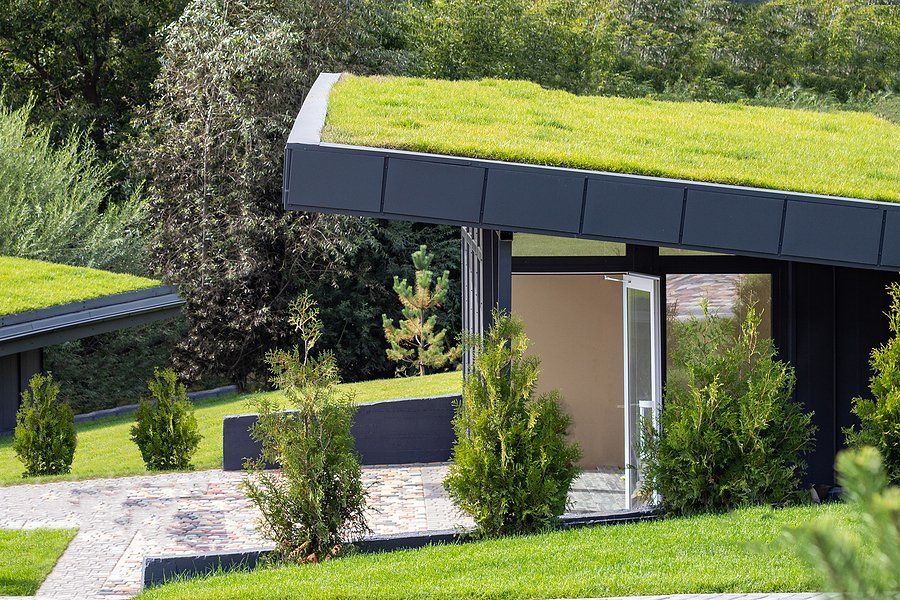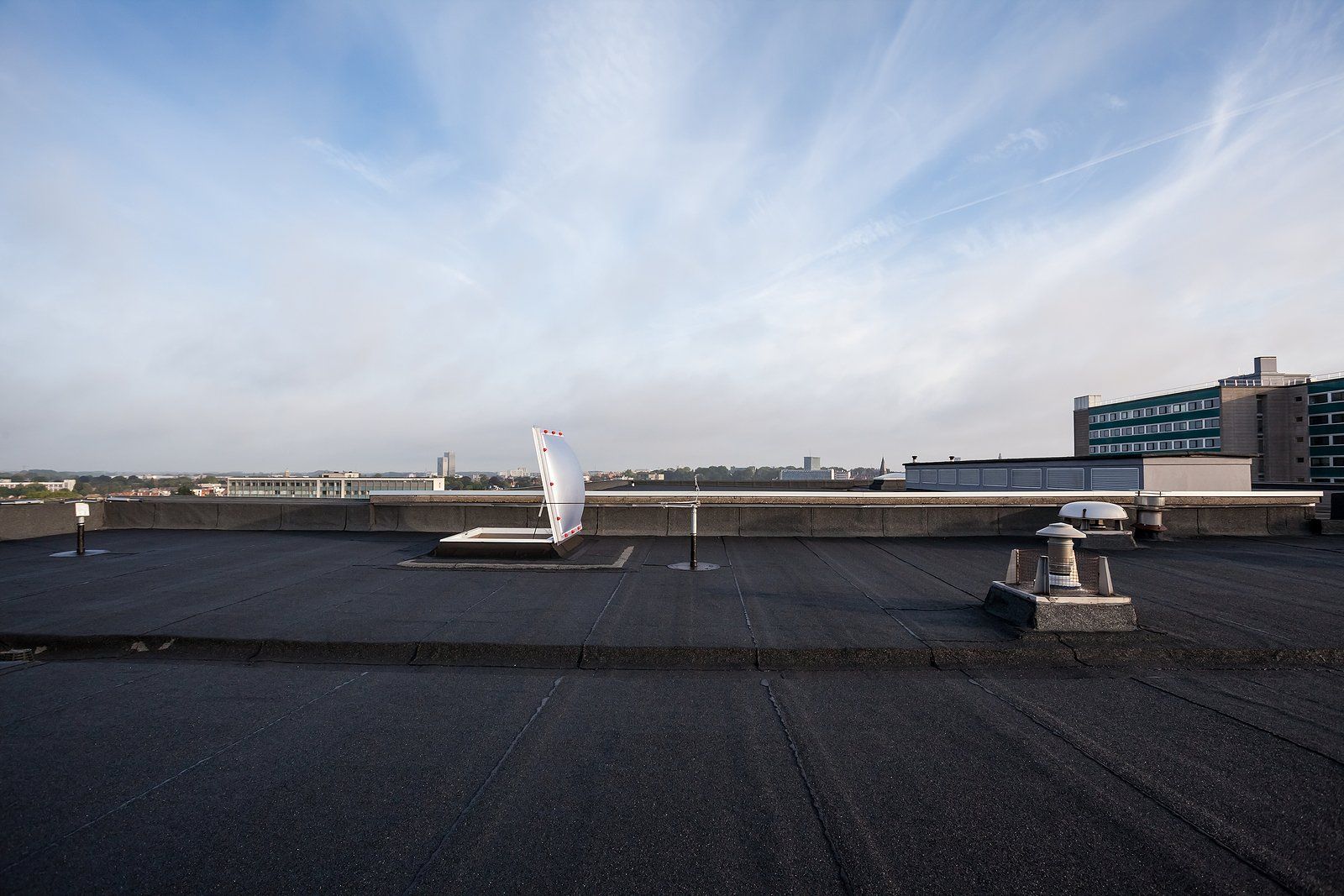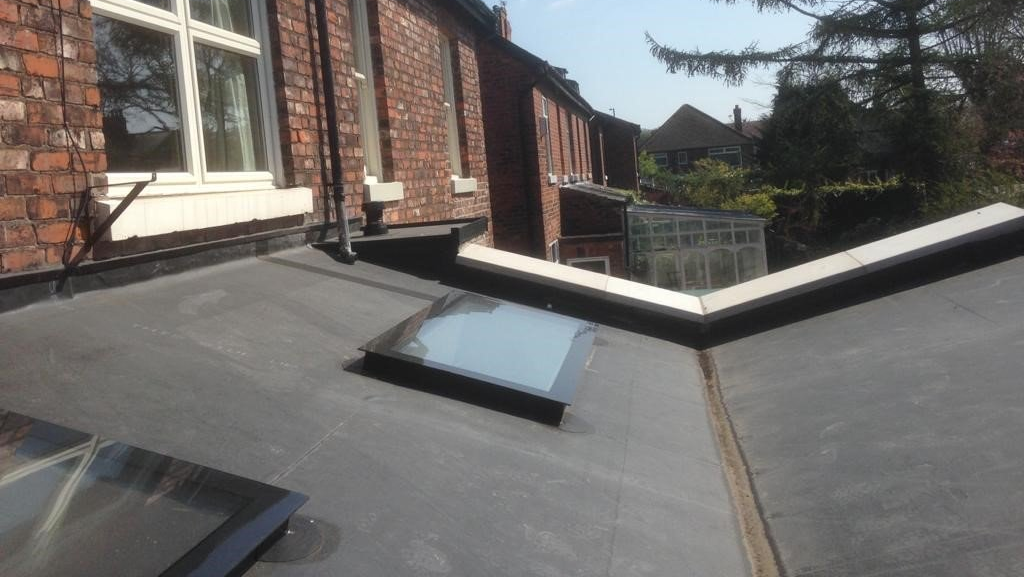How Does A Flat Roof Drain?
Daniel Bracewell • 16 November 2020
When we think about installing a flat roof in a building, one of the first questions that is commonly asked is how water is drained off of the roof.
Unlike a pitched roof, where there are clear and obvious slopes that carry water to gutters and drains, a flat roof does not appear to have a slope at all, particularly if it is designed to be used as an outdoor space.
As draining is vital to ensuring that a roof isn’t damaged, here are some of the clever ways flat roof specialists have helped avoid standing water on roofs.
Flat Roofs Aren’t Technically Flat
One of the more simple ways in which a flat roof avoids drainage issues is simply not to be flat.
According to the UK building regulations approved document H, a roof must have a gradient of 1 in 80.
This makes for an ever so slight incline, but enough to enable water to gradually flow to one end of the roof where it can be picked up by a gutter or scupper.
Flat roof specialists
work to ensure the gradient is enough to reliably remove water but not too much to make it noticeable to anyone walking on it.
Gutters, Drains and Scuppers
Once you flow water to one side of a roof, the next step is to remove it. The typical route to take is the same one pitched roofs do, which is to install a gutter system at one side and drain the water out that way.
However, in some case a roof may require additional drainage, so internal drains, which drain water underneath the roof and carry it through the building into the sewer are an option.
Scuppers can also be used in some cases, which are simple openings that quickly shoot water off a building, wither directly off a building or into a lower drain.
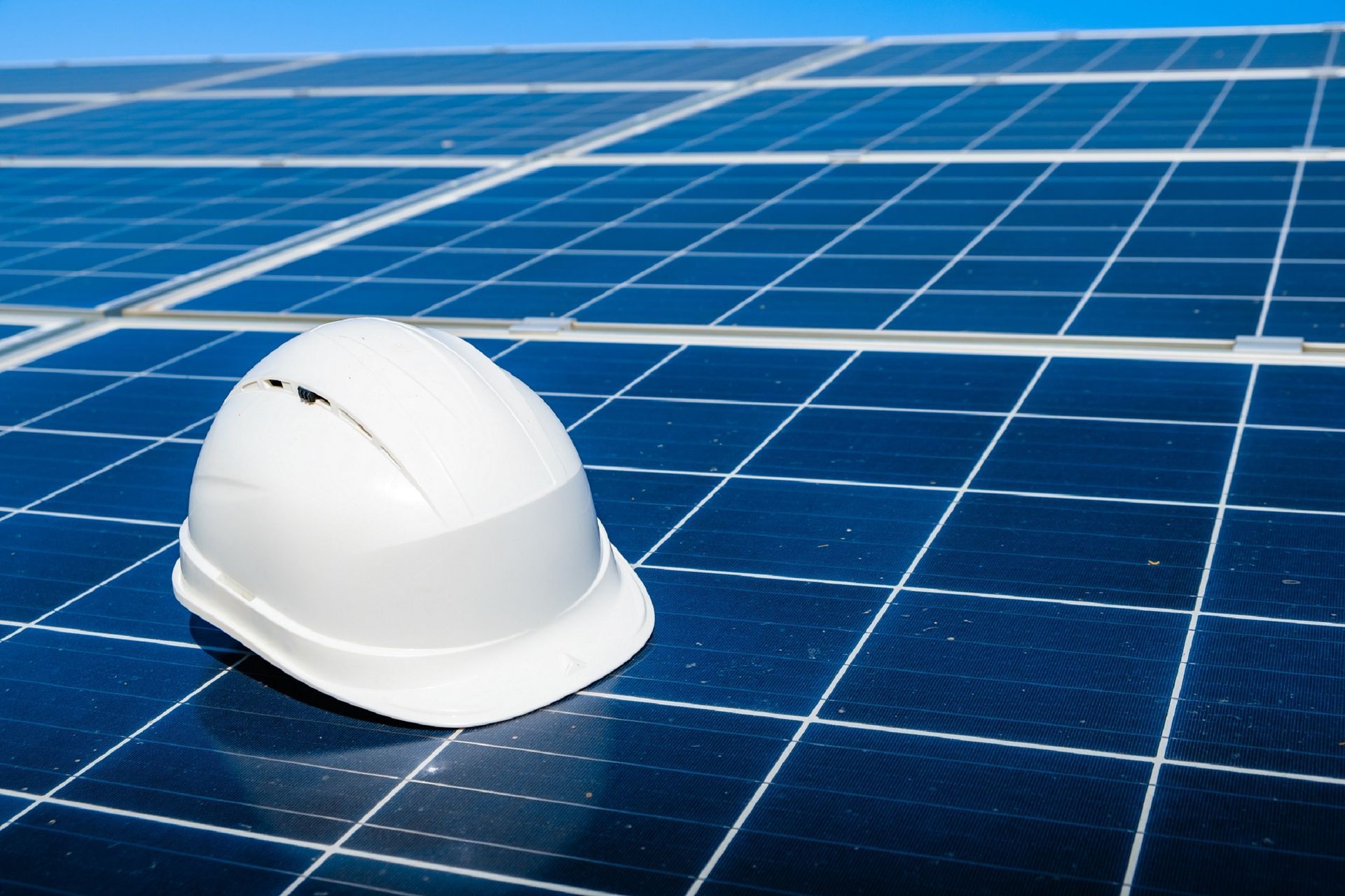
If you’re exploring how to lower your energy bills and reduce your carbon footprint, you may be looking at the likes of solar panels for your home. But what if your property has a flat roof rather than a pitched roof? Can you still install solar panels on a flat roof? The short answer is yes, you can! In fact, it is often easier to install solar panels on a flat roof than it is to fit them to a sloped roof, which might make this an even more appealing avenue to explore when you’re looking at flat roof ideas . In many cases, you also don’t need planning permission to install solar panels on your flat roof. Of course, there are exceptions if you have a listed building or live in a conservation area, but if you own your house (different rules apply for flats too), you should be free to add solar panels to your home as you choose. There are different kinds of mounting systems for flat roof solar panels and which is most appropriate for your home will depend on the direction it faces. It is worth noting that the cost of installing solar panels is often higher on flat roofs because of the mounting system, but some of this can be offset by the lower labour costs because the installation process is usually more straightforward. One of the main reasons homeowners install solar panels is to reduce their energy bills. Many report savings of hundreds of pounds each year, which means these panels often pay for themselves relatively quickly. What’s more, under the Smart Export Guarantee , you can sell any energy you don’t use back to the National Grid, which can increase the rate at which your investment in solar panels pays for itself. So, if you are exploring ways to make the most of your flat roof, consider solar panels as an option to reduce your energy bills and do good for the environment.

